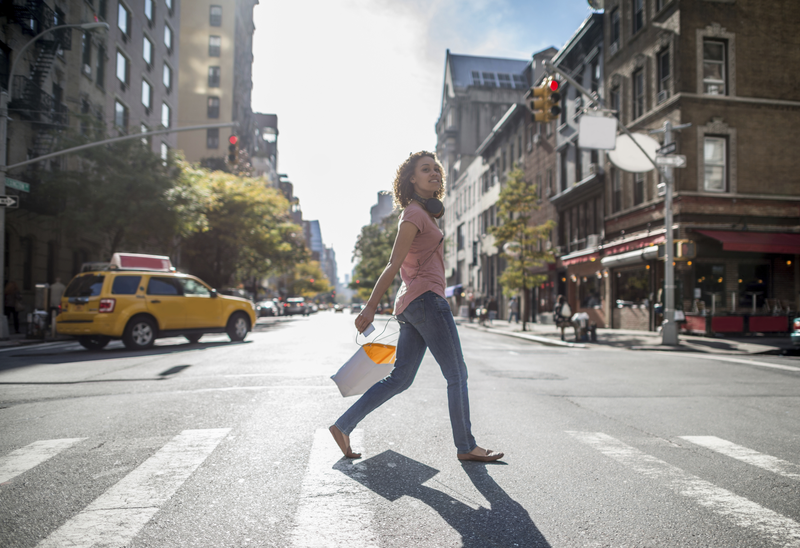How driverless cars may change pedestrian behaviour

(c)iStock/andresr
While fully-autonomous cars becoming a mainstream feature in our towns and cities may still be a decade or so away, researchers and governments are already looking at their potential impact in a number of areas.
So far studies have looked at people’s perception of driverless cars, as well as their impact on safety, insurance and the environment.
But one paper that’s just been published has examined autonomous vehicles from a perspective that’s not been look at before: what happens when people play chicken?
Pedestrians, Autonomous Vehicles and Cities, published in the Journal of Planning Education and Research by assistant professor of the social sciences division at Santa Cruz University, Adam Millard-Ball, theorises what might happen to the interaction between driverless cars and pedestrians in the future.
People already play the game of ‘chicken’ with cars by stepping out in front of them at random, or at road crossings that are not controlled. This is of course less common in busy cities, but something that happens frequently in towns and less built up areas.
As autonomous cars will be more likely to ‘play by the rules’ and slow down to allow people to cross, rather than collide with them, Millard-Ball argues it may in fact become quicker to be a manual driver as well as a pedestrian.
Jaywalking encouraged?
If people take the chance to walk out at will, provided they know which cars are autonomous and which aren’t, then traffic in urban centres might become more slow-moving and congested, he wrote, and people may become more inclined to jaywalk.
Or, he surmises, perhaps it may instead lead to areas with higher speeds for cars, with separate spaces for pedestrians and cyclists.
In all, self-driving cars will solve a lot of problems, provided they work correctly - such as safety on the roads - but will bring with them “new collective action problems” such as potentially worsened congestion and car brands using tech tactics to try and compete with each other.
“A benign vision of autonomous vehicles implies cooperative behaviour, but at least a minority of road users may seize the advantage from pursuing a selfish strategy,” Millard-Ball wrote.
While the technological problems vehicles may potentially face can be continuously solved, strategic interaction problems with human road users are “intrinsic” he added.
What do you think? Will a fully driverless future reshape how pedestrians and cars interact?

Leave a comment
Alternatively
This will only be used to quickly provide signup information and will not allow us to post to your account or appear on your timeline.